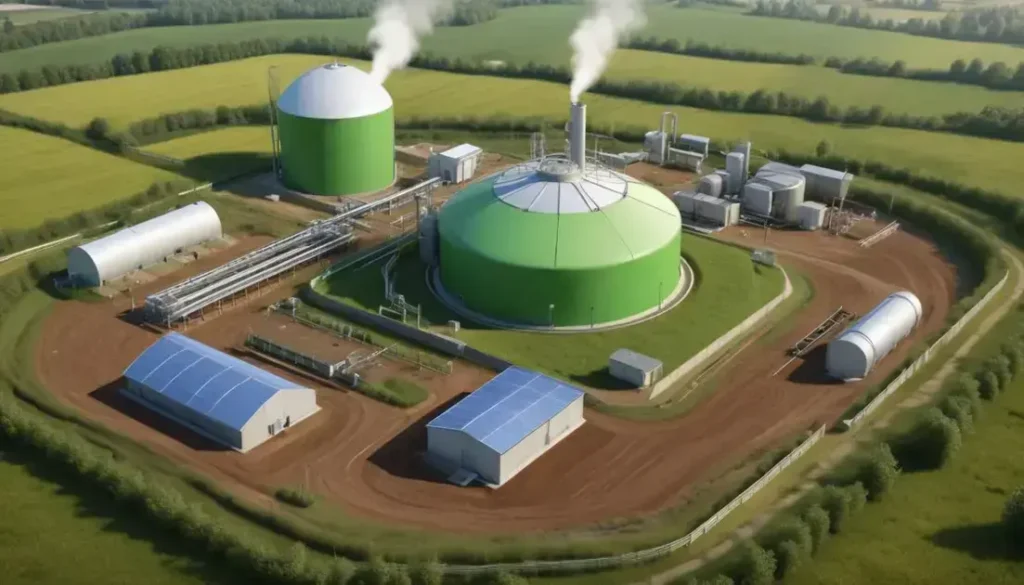Compressed biogas (CBG) is a renewable energy source derived from organic waste, capable of providing sustainable fuel alternatives while supporting waste management and local economies in India.
Compressed Biogas is taking center stage in India’s energy transition. With significant investments from HPCL, the push for green energy is gaining momentum. Are you ready to explore what this means for businesses?
Overview of HPCL’s CBG plants and investment
Hindustan Petroleum Corporation Limited (HPCL) is pioneering the compressed biogas (CBG) sector in India with ambitious plans to set up multiple biogas plants across the country. These facilities will leverage agricultural waste and biomass, converting them into renewable energy sources. The initiative aligns with India’s commitment to sustainable energy and carbon neutrality.
HPCL’s investment strategy includes the establishment of CBG plants in various locations, which are expected to significantly boost local economies. By using waste materials, these plants not only contribute to energy production but also promote the circular economy by reducing waste. This dual benefit of energy generation and waste management is a core element of HPCL’s operational model.
Furthermore, the introduction of CBG is projected to strengthen India’s energy security. The fuel produced is equivalent to natural gas, providing a reliable alternative for transportation and industry. HPCL’s initiative thus plays a crucial role in reducing dependency on fossil fuels while supporting local farmers by providing a stable revenue stream through biomass collection.
In Conclusion: The Future of CBG in India
The rise of compressed biogas (CBG) plants initiated by HPCL demonstrates a significant shift towards sustainable energy in India. This green energy source not only addresses energy needs but also helps in waste management, benefiting both the environment and the economy.
As these plants emerge across the country, they stand to provide clean energy alternatives while supporting local farmers and businesses. With the government’s push for renewable energy, the future of CBG appears bright, presenting opportunities for growth and innovation.
Thus, embracing compressed biogas technology can play a pivotal role in India’s journey towards a greener future, making it an essential part of our energy strategy.
Frequently Asked Questions
What is compressed biogas (CBG)?
Compressed biogas (CBG) is a renewable energy source created from organic waste, used as an alternative fuel for vehicles and industries.
How will HPCL’s investment in CBG plants affect local communities?
HPCL’s investment is expected to create jobs, support local farmers, and provide sustainable energy solutions, positively impacting local economies.
What are the environmental benefits of using CBG?
Using CBG helps reduce greenhouse gas emissions, minimizes waste through recycling of organic materials, and promotes clean energy solutions.
Can CBG replace fossil fuels in India?
Yes, CBG can serve as a viable alternative to fossil fuels, contributing to energy security and reducing dependency on imported oil.
What role do farmers play in the CBG production process?
Farmers provide agricultural waste and biomass essential for CBG production, creating a direct link between renewable energy and agriculture.
How does CBG contribute to India’s carbon neutrality goals?
CBG production aligns with India’s carbon neutrality goals by reducing emissions and promoting renewable energy, fostering a cleaner environment.


